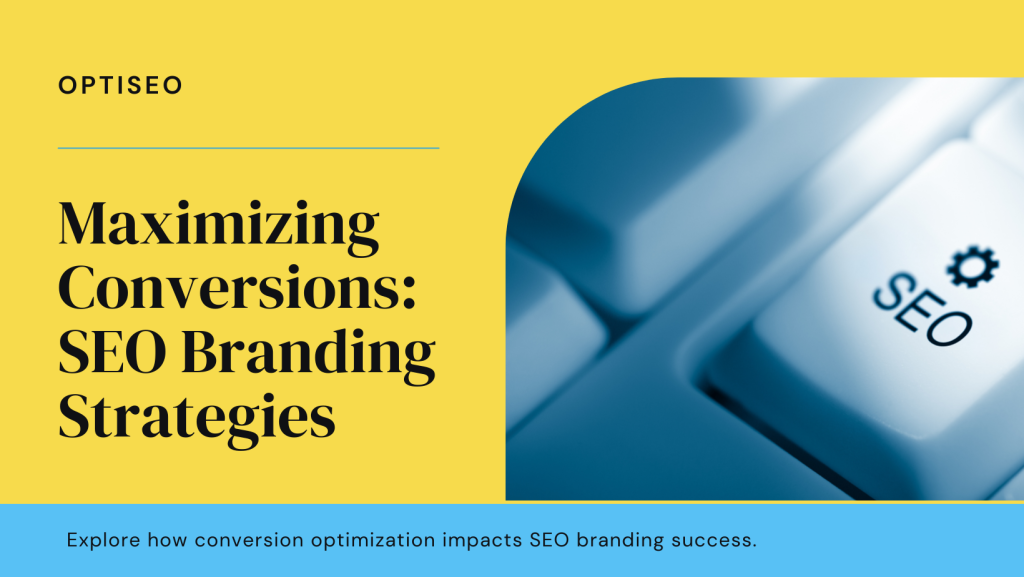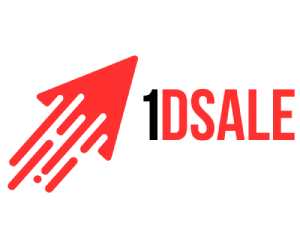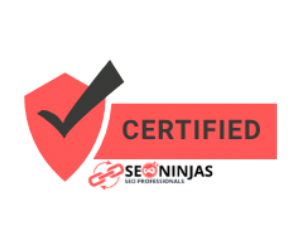While attracting organic traffic to your website is essential for SEO branding success, converting that traffic into customers is equally important. That’s where conversion optimization comes into play. Conversion optimization involves optimizing your website and marketing strategies to encourage visitors to take desired actions, such as making a purchase, signing up for a newsletter, or requesting more information. By improving your website’s usability, design, and messaging, you can maximize your conversion rates and generate more leads and sales for your business.
One of the first steps in conversion optimization is conducting a thorough analysis of your website’s user experience (UX). This involves assessing factors such as page load times, navigation structure, and mobile responsiveness to identify any barriers that may be preventing visitors from completing desired actions. Making usability improvements and addressing usability issues can help streamline the user journey and make it easier for visitors to convert.
A/B testing is another valuable tool for conversion optimization. By testing different variations of key elements such as headlines, calls-to-action, and page layouts, you can identify which changes yield the best results and optimize your website for maximum effectiveness. Continuously testing and refining your website’s design and messaging helps ensure that you’re always delivering the most compelling and persuasive user experience to your visitors.
Personalization is also crucial for conversion optimization. Tailoring your website content, offers, and recommendations to match the preferences and interests of individual users helps create a more engaging and relevant experience, increasing the likelihood of conversion. Using data-driven insights and segmentation techniques, you can deliver personalized experiences that resonate with your target audience and drive more conversions.
Additionally, optimizing your conversion funnel is essential for maximizing your website’s conversion potential. This involves analyzing each stage of the customer journey, from initial awareness to final purchase, and identifying areas for improvement. By removing friction points, streamlining the checkout process, and providing clear calls-to-action, you can guide visitors through the conversion funnel more effectively and increase your overall conversion rates.
In conclusion, conversion optimization is a critical component of SEO branding that helps businesses turn website visitors into paying customers. By focusing on improving your website’s usability, design, and messaging, as well as implementing testing and personalization strategies, you can maximize your conversion rates and achieve greater success in the digital marketplace.





